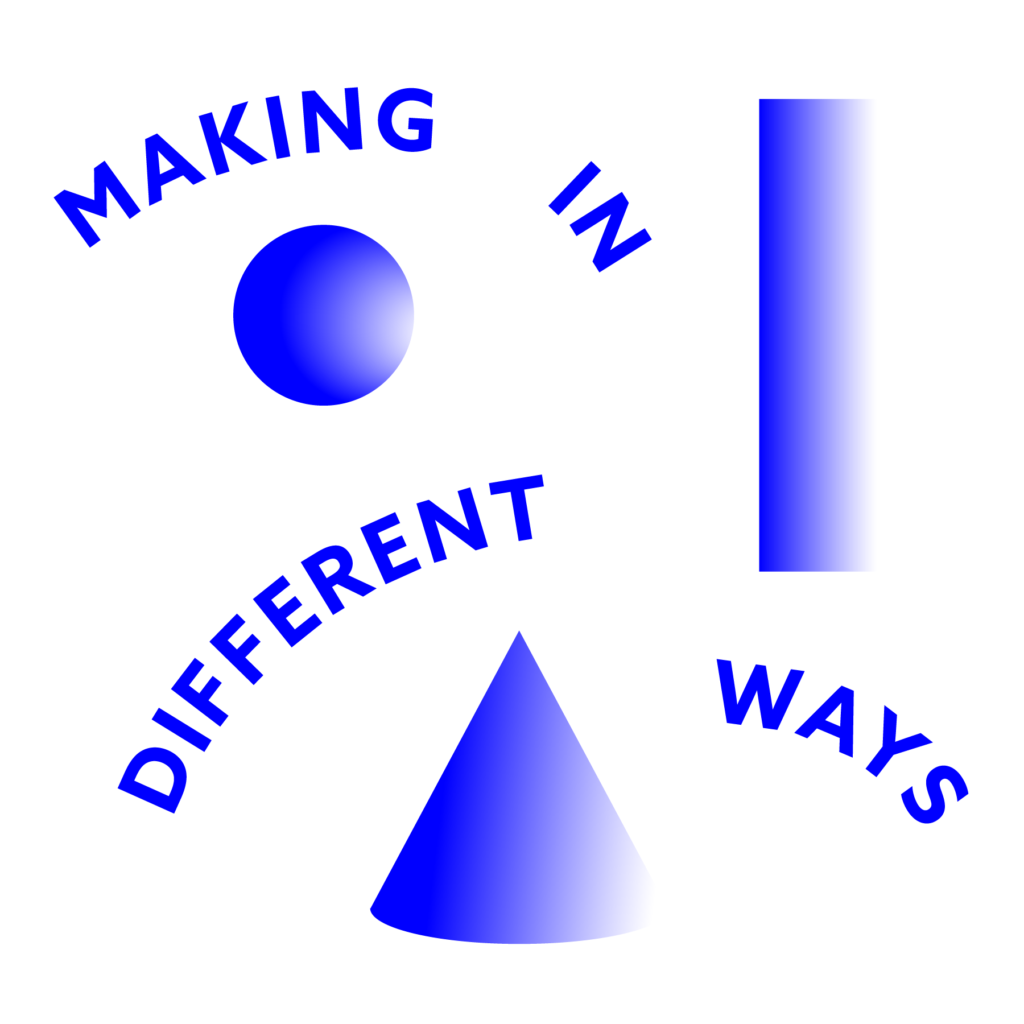Reading | A Futures-Design-Process Model for Participatory Futures by Stefanie A. Ollenburg and Speculative Everything by Tony Dunne, Resonate 2013
In Ollenburgs reading we are presented with this idea that the future is a temporal phenomenon that doesn’t exist, and when designers are able to bring form and physicality to future ideas, we are better able to respond and critique the present in order to make decisions around our futures. Essentially, making hopes and dreams of the future physical convinces people in the ‘realness’ of those futures. In the talk Speculate Everything, we see an example of technology played out in a physical way in the form of self-driving cars. This process gives designers the opportunity to explore the dystopian potentialities of AI technology and provide policymakers and community members the opportunity to react and discuss ways they could go about preventing certain futures.
With this in mind, I’m curious how we as designers can take this way of tangibilizing futures and apply the same practice to help visualize invisible technology in the present. Could the process of making technology more visible and touchable expose the ideologies that are inherently built within them? Would people make better decisions around the use of technology if they could view the technology in a physical format?
Viewing | Heather Dewey-Hagborg Interviews on TellArt
Heather describes her work and how she ’embraces the real to extrapolate into the future.’ This idea that we must examine our current situation and ground our ideas in fact before we can look forward parallels with research practices found in observational science. Observational science is a method used by designers to gather knowledge and as a way to immerse oneself in an experience in order to fully grasp the context of a problem. When Heather talks about her own design explorations within the field of biology, she has to learn not only how to use the tools (scientific instruments), but also the medium she is manipulating or hacking. The whole process is slow and tedious. According to heather, one experiment might take months or years.
This whole account reminds me of how context can often dictate the methods we choose to solve a particular problem. In this case, trying to work with a biological substance slowed the entire process down to the point where discovery or ideas around possible futures within the field of science were far and few in-between. In the quick prototyping culture of design, I wonder if there is something to be said for working out problems within spaces that allow for slow making processes and methods of thinking to flourish. And if so, how might we make use of the extended time within a problem space? Would we be more inclined to consider the ethics of what we are doing or the impact our values might have on our way of thinking?
Resources:
Robots and Artificial Intelligence is one area where we see physical attributes be applied to technology …
Giving Robots a Life: Writing Personality and Backstory for AI Assistants

